Can coal mining and the Lemru elephant reserve in Chhattisgarh co-exist?
The Chhattisgarh government has recently approved auctioning of 17 coal blocks in the state, a controversial move as these coal mines are located in the forests where the state government has also sanctioned the Lemru elephant reserve. Wildlife experts denounce the move to auction coal mines in the forests.

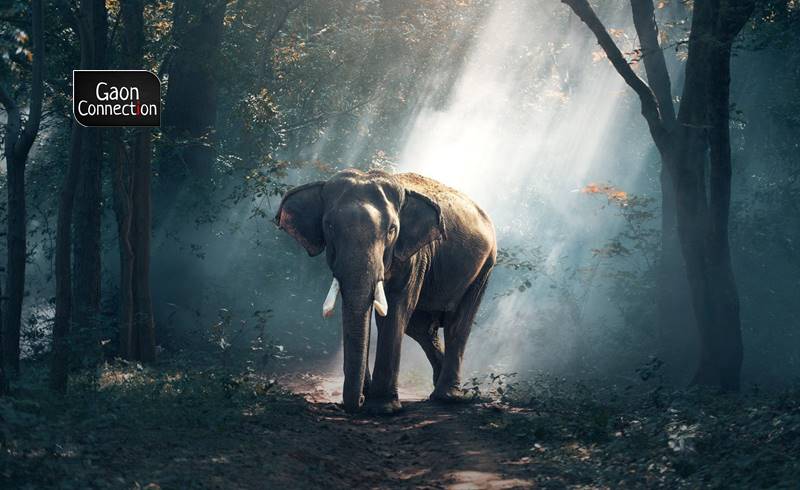
Raipur, Chhattisgarh
If the elephants disappear, the biggest impact will be on the human race, Amalendu Mishra, cameraperson for the film, The Last Migration, that won the Green Oscar in 1994, on the wild elephants of Chhattisgarh, told Gaon Connection.
He was commenting on the recent brouhaha over the proposed Lemru elephant reserve in the state and the controversy over the Chhattisgarh government auctioning the coal mines around the proposed area.
Last month, in a highly controversial move, the Chhattisgarh Cabinet approved auctioning of 17 out of the total 18 coal blocks identified by the Centre in the state. These 17 blocks are located in Dharamjaigarh, Sarguja, Surajpur and Koriya forest divisions, and are expected to generate around 8,000 million tonnes of coal.
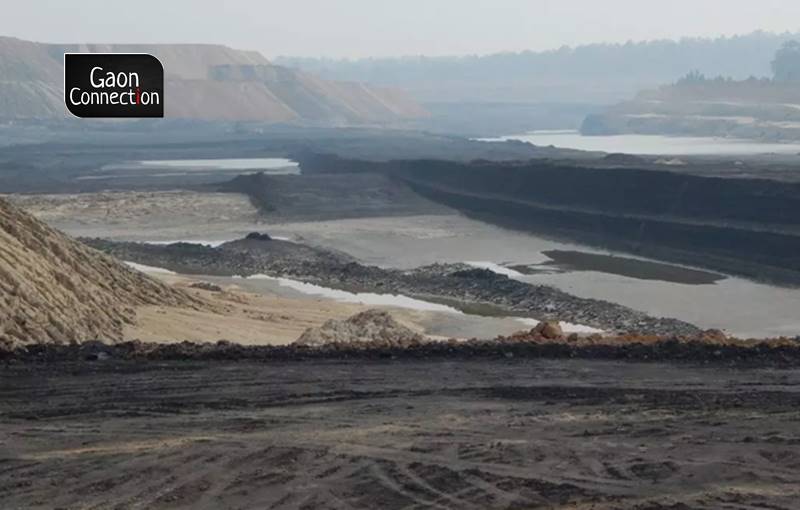
However, these coal blocks are located around the same area where the state government has proposed the 1,995 square kilometres (sq kms) large Lemru elephant reserve.
Also Read: Chhattisgarh hopes to end human-wildlife conflict using seedballs of fruit trees
“The government has to choose between elephants and coal,” Vipasha Pal, who is based in Bhilai, and works on matters related to forests and the adivasi people in the state, told Gaon Connection. “I do not think the authorities are serious about the elephant reserve,” she said.
On one hand the government is setting into motion plans to create the Lemru elephant reserve and on the other, the same government is allocating coal mines. “The two are directly in conflict with each other,” Pal pointed out.
Human-animal conflict in Chhattisgarh
In a recent reply to a question in legislative assembly, the state forest minister Mohammad Akbar informed that 45 elephants, and 204 people were killed in human-elephant encounters across the state between 2018 and 2020. Of the 45 elephant deaths, 18 took place in 2020 while 2019 and 2018 saw 11 and 16 deaths respectively.
“In total 75,081 cases of deaths, injuries, loss to crops, houses and other incidents of elephant attacks were reported, and compensation to the tune of Rs 578,163,655 was given to the victims,” the minister informed.
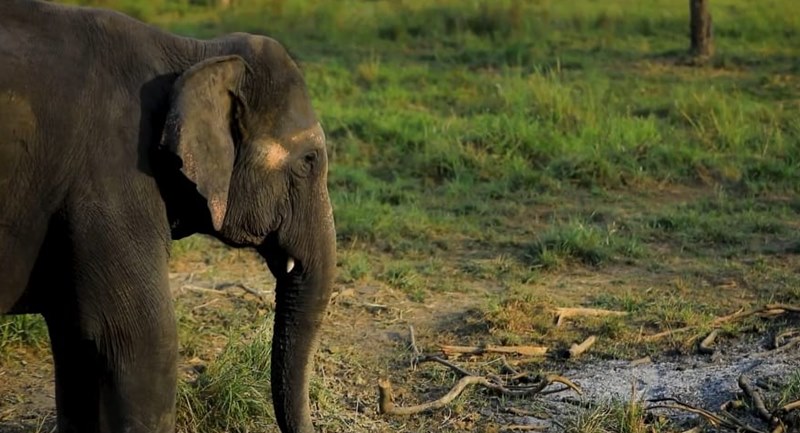
North Chhattisgarh is home to around 240 wild elephants which roam in the forest lands in Surguja and the nearby regions. Because of the various infrastructure projects, including mining operations, forests in the state are fractured and are contributing to the rising conflict.
Also Read: To address human-elephant conflict, Chhattisgarh forest dept plans to feed paddy to wild elephants
Mining operations in Korba, Sarguja and Raigarh in Chhattisgarh, have led to an increase in human-elephant encounters, inform wildlife experts. Incursions into the elephant habitat have led to the animals straying into human habitation leading to destruction and deaths on both sides.
The creation of an elephant reserve, the government believes, would mitigate the human-elephant encounters. The proposed elephant reserve would be a part of the richly bio-diverse Hasdeo Aranya forests in Chhattisgarh that has been an important elephant corridor connecting Korba (Chhattisgarh) and Gumla (Jharkhand). However, the ‘snag’ is that this is also an area that is rich in coal deposits.

Wildlife experts say the area for the reserve should be 3,827 sq kms as the elephant corridor covers that area. However, there are several mines with rich coal deposits that fall within that area. And critics of the government initiative claim that is the reason the proposed reserve has been limited to only 1,995 sq kms.
Early plans for the reserve
The plans to create elephant reserves in the state were floated as far back as 2005, when the Bharatiya Janata Party (BJP) was in power in Chhattisgarh.
In 2007, a proposal to set up a 450 sq kms elephant reserve in Lemru, Chhattisgarh, was approved by the central government. In 2011, the BJP government in the state increased the reserve area to 1,143 sq kms, and the proposal got a further fillip when in 2019, the Congress led state government announced that the reserve would now extend to over 1,995 sq kms.
Also Read: Mere outrage will not save the elephants. Protecting forests and working with locals will help
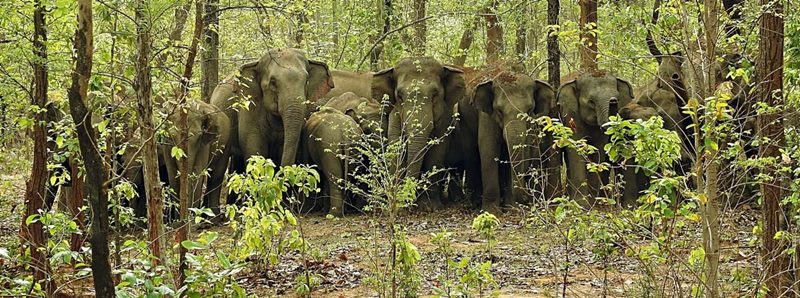
However, wildlife experts and social activists say that no matter how vast the reserve area, if there were going to be coal mines around the elephant reserve, it would be meaningless for elephant protection. The coal mines would finish off the elephant corridors and endanger the elephants, and eventually increase human-elephant conflict in the region.
U-turn
Prior to the 2018 Vidhan Sabha elections, Bhupesh Baghel, who was then leader of the Congress opposition, had worked closely with the Adivasis. Even much before that, on June 15, 2015, at Madanpur, at a Congress function, Rahul Gandhi, leader of the Congress Party had promised the Adivasi inhabitants in Chhattisgarh and the gram sabhas that no mining would be allowed which might impinge on their welfare.
When the Congress government came into power, chief minister Bhupesh Bhagel, on August 15, 2019, announced plans for the Lemru Elephant Reserve and a few days later on August 27, the state cabinet approved the same.
The state government said that this would be a one of its kind elephant reserve in the world that would ensure the elephants had a permanent home and they would no longer stray into human habitation and harm human life and property.
Also Read: Human-wildlife conflict related killing single biggest threat to wildlife: Report
However, in a sharp contrast, the state cabinet last month approved auctioning of 17 out of the total 18 coal blocks identified in the state. These are located in forests where the elephant reserve is coming up.
Walk the elephant talk, say wildlife experts
The creation of the reserve, which was approved in 2019, is yet to be notified, and work is yet to begin on it.
“What is the delay then? Why has there been no work done on the reserve till now,” Meetu Gupta, Raipur-based wildlife expert, demanded to know.
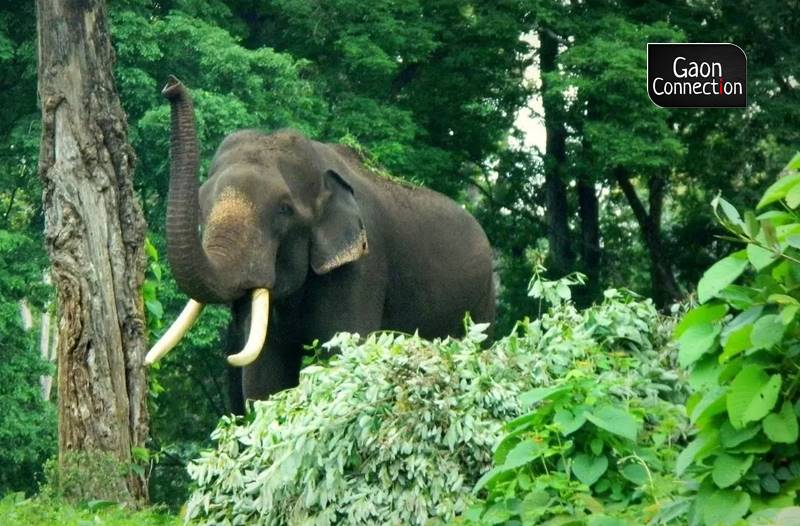
When the central government in June 2021 announced the auction of coal mines in the area, the state forest minister, Mohammed Akbar wrote to Prakash Javadekar, the then Minister of Environment, Forest and Climate Change,, objecting to the auction. He requested the central government to not auction coal mines that fell within the Hasdeo Aranya and surrounding it near the Mand river.
On July 1, 2020, Mohammed Akbar once again wrote to Javadekar reiterating his request. In response to the letter, on September 1, 2020, the central government removed the Morga-2. Morga South, Madanpur North, Shyang and Fatehpur East (that lie within the 1995 sq kms of the elephant corridor), from the list of coal mines to be auctioned. Another letter went from the state to the union ministry of coal, requesting the removal of Madanpur South and Kete Extension coal mines from the auction list.
But now the state government has itself approved auctioning of the coal blocks.
According to social activists, if the elephant reserve is surrounded by coal mines, it will defeat the very purpose for which it was created. It will render the elephant corridor unusable for the elephants.
“If there are coal mines in the elephant corridor, how will the elephants move undisturbed,” asked wildlife expert, Vipasha Pal. If the government really means to address the elephant issue then it should declare the reserve area to be 3,827 sq kms, Pal told Gaon Connection.
Meanwhile, it remains to be seen what is more dear to the government — elephants or coal.
Gaon Connection made several attempts to get a response from the state forest minister Akbar. However, he was unavailable to comment. The story will be updated once his response is received.

